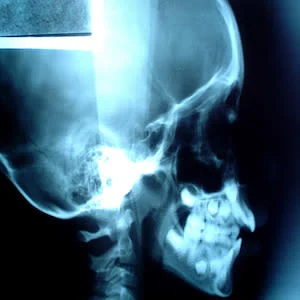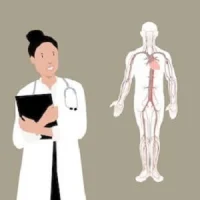A multicentre group of researchers has developed a method for acquiring classical Raman spectroscopy images of biological tissues at record-fast speeds. The group had to repurpose an algorithm, originally developed for Netflix's 2009 movie preference prediction competition, to create the simple, label-free imaging method practical for clinical applications such as tumour detection or tissue analysis.
The old algorithm was used to find patterns in Netflix movie preferences. Although it did not win Netflix's $1 million prize, it has been used to meet other real-world needs, in this case a need for better biological imaging.
You may also like: #ECR2019: All about hybrid
In a study published in Optica, The Optical Society's journal for high-impact research, the group describes how a computational imaging approach, called compressive imaging, allowed them to increase imaging speed by reducing the amount of Raman spectral data acquired. The study demonstrated imaging speeds of a few tens of seconds for an image that would typically take minutes.
In this study, researchers obtained only a portion of the data typically required for Raman spectroscopy and then filling in the missing information with an algorithm developed for the Netflix challenge.
"Although compressive Raman approaches have been reported previously, they couldn't be used with biological tissues because of their chemical complexity," explained Hilton de Aguiar, leader of the research team at École Normale Supérieure in France. "We combined compressive imaging with fast computer algorithms that provide the kind of images clinicians use to diagnose patients, but rapidly and without laborious manual post-processing."
Raman spectroscopy is a noninvasive technique that requires no sample preparation to determine the chemical composition of complex samples. It has been shown to help in identifying cancer cells and analysing tissue for disease, but typically requires image acquisition speeds that are too slow to capture the dynamics of biological specimens. Processing the vast amount of data generated by spectroscopic imaging is also time-consuming, especially when analysing a large area.
De Aguiar pointed out that with the new method they developed, these two challenges were addressed simultaneously by "increasing the speed and introducing a more straightforward way to acquire useful information from the spectroscopic images."
To speed up the imaging process, the researchers made their Raman system more compatible with the algorithm. They did this by replacing the expensive and slow cameras used in conventional setups with a cheap and fast digital micromirror device known as a spatial light modulator. This device selects groups of wavelengths that are detected by a highly sensitive single-pixel detector, compressing the images as they are acquired.
The research group demonstrated their new methodology using a Raman microscope to obtain spectroscopy images from brain tissue and single cells, both of which exhibit high chemical complexity. They found that the method could acquire images at speeds of a few tens of seconds and accomplish a high level of data compression – reducing the data up to 64 times.
The method, aside from being a useful clinical tool, could help with other biological applications such as algae characterisation, according to the researchers, who plan to further improve the scanning speed of their system to accomplish sub-second image acquisition.
Source: The Optical Society
Image credit: freeimages.com
References:
De Aguiar HB et al. (2019) Fast compressive Raman bio-imaging via matrix completion," Optica, 6(3): 341-346 DOI: https://doi.org/10.1364/OPTICA.6.000341
Latest Articles
Imaging, Radiology, Data, clinicians, algorithm, clinical applications, AI, Raman spectroscopy, Netflix, biological imaging, tissues, tissue analysis, tumour detection, computational imaging approach, compressive imaging, imaging speed, École Normale Supérieure, patient diagnosis, De Aguiar
A multicentre group of researchers has developed a method for acquiring classical Raman spectroscopy images of biological tissues at record-fast speeds. The group had to repurpose an algorithm, originally developed for Netflix's 2009 movie preference pred










